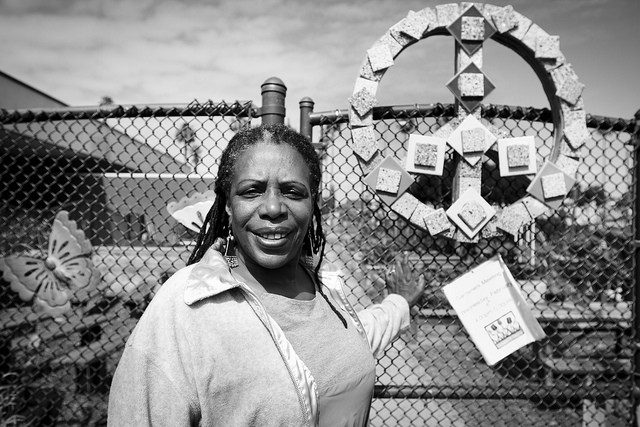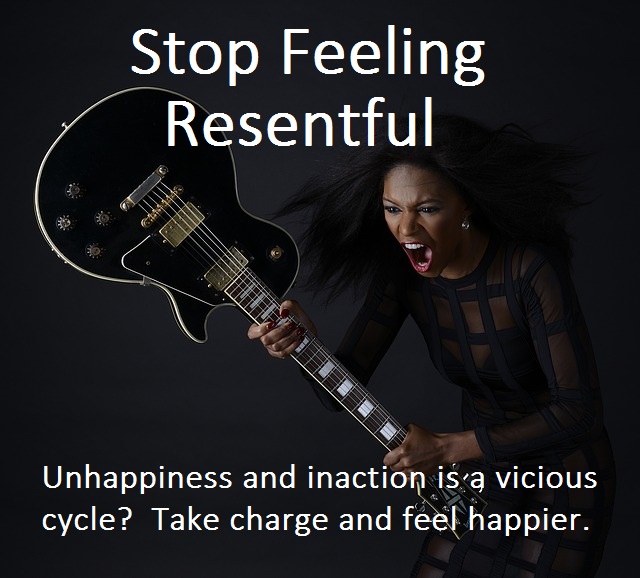Causes of Domestic Violence
What causes domestic abuse?
The causes of domestic violence are varied. Consider that during the period from 1993 to 2005, the average annual criminal domestic violence rate per 1,000 persons (age 12 or older) for intimate partners or relatives was 5.9 for females and 2.1 for males. These were actual physical attacks or threats to cause bodily harm or death. Many more people are likely abused in silence or subjected to non-criminal forms of abuse like verbal or emotional abuse. The fact is that some things cause these numbers for violence to go even higher under certain circumstances.
While the circumstances below do not cause domestic violence to happen (because only a person's behavior can inflict such harm), the situations below are proven through studies to correlate to increases in the intensity of violence and abuse. The emphasis is on understanding these correlations so that solutions and help can be more effective in addressing the problems.
Poverty
One consequence of impoverishment is a higher rate of domestic violence and, mainly, women need the help of shelters to avoid the choice between abuse or homelessness.
Alcohol Abuse
A cause of alcohol abuse is personal instability, and these same troubling characteristics lead already abusive people to perpetrate domestic violence, especially when combined with the decreased inhibition caused by intoxication.
Drug Abuse
Many of the same stresses and desires that cause substance abuse go hand in hand with domestic violence. And because drugs are addictive, cause further financial hardship, and further decay of health and relationships, the cycle of violence almost always will become worse without treatment for both the drug abuse and the domestic violence.
Homelessness
Homelessness is one of the causes of domestic violence and a fear that creates a mental and emotional trap.
While homelessness does not appear to make people violent, a home filled with domestic violence does lead to a higher rate of homelessness, especially among women and children. This higher incident of shelter deprivation, women running to safety with no place to go, is related to the conditions of poverty discussed here.
The Domestic Violence Cycle
The Domestic Violence Cycle is a circle that is continuous and never-ending unless the victim breaks the cycle of violence. In this way, the domestic violence cycle and the tendency toward domestic abuse are in and of itself the primary cause of domestic violence. The circle often starts in childhood where abuse is witnessed by a juvenile who is broken by these incidents to become an abuser their self eventually. Once the cycle begins tension builds, then an explosion occurs. After the first explosion, the period of violence causes the level of abuse to escalate and become more tragic gradually.
Regardless of the cause, it is vital that the victims of abuse get domestic violence help to stop the partner abuse cycle.
Return from the causes of domestic violence to the domestic violence help homepage.
Click here to learn more about domestic violence signs.
Research from Princeton on the Underlying Causes of Intimate Partner Violence
Wolfe, David A. and Jaffe, Peter G., Emerging Strategies in the Prevention of Domestic Violence, Underlying Causes of Domestic Violence, Journal Issue: Domestic Violence and Children, Volume 9 Number 3 Winter 1999, The Trustees of Princeton University, The Future of Children: A Collaboration of The Woodrow Wilson School of Public and International Affairs at Princeton University and The Brookings Institution, 2015. https://www.princeton.edu/futureofchildren/publications/journals/article/index.xml?journalid=47&articleid=228§ionid=1495





